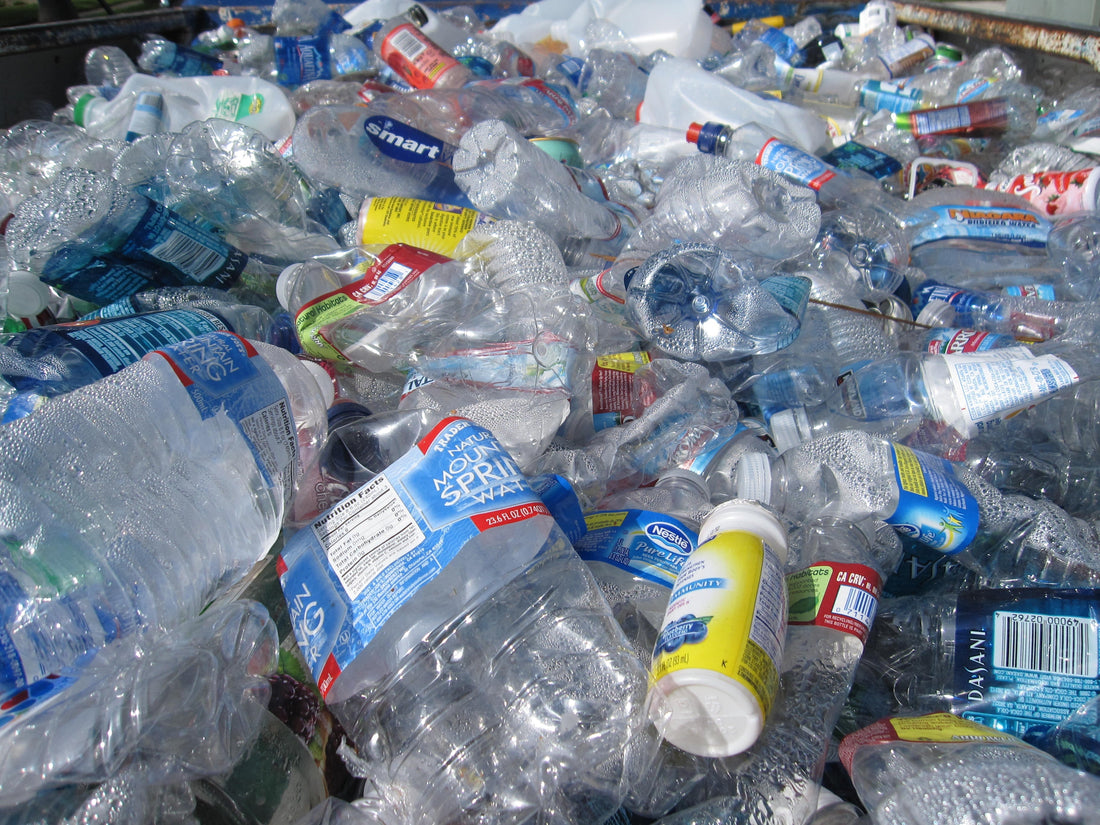
How Can Biodegradable Plastics Be Disposed of Safely?
Share
Consumers need to understand the products they are investing in when it comes to the correct disposal of biodegradable plastics. Biotuff discovers how to dispose of your biodegradable plastics correctly and why environmentally conscious homeowners need to examine their biodegradable plastic.
Sadly, not all biodegradable plastics are created equally. Being educated about the types of biodegradable plastic available and ensuring you are correctly disposing of these is vital for our environment. Understanding the difference is essential for those consumers wanting to eliminate using traditional plastics in their everyday lives.
What Are Biodegradable Plastics?
Biodegradable means the natural process by which a substance can break down in the environment. This process allows microorganisms (generally built into the product) to devour the material enabling it to convert into naturally occurring substances such as water and carbon dioxide. Most biodegradable plastics are made from plants such as corn and sugarcane. They have been proven to break down much quicker than plastic while leaving minimal toxic residue. However, some biodegradable plastics contain fossil fuels – so it is essential to check that the products you choose have the correct standards and are entirely biodegradable.
What Are Compostable Plastics?
Compostable means that the product can break down and be utilised as nutrient-rich soil in a commercial composting environment or the home. When correctly disposed of, these products go through a microbial treatment at the composting facility, allowing them to completely disintegrate and be transformed into soil. Compostable plastics are made from natural plant materials that quickly break down and do not leave any toxic residues behind.
#TopTIp
Remember – ALL compostable products are biodegradable; however, not all biodegradable items are compostable! Get savvy with your labels and research the manufacturers you invest in.
What Are Certified Compostable and Biodegradable Plastics?
These are the best of both worlds. Combining biodegradable plastic with those that can also be compostable is the most sustainable option when it comes to choosing a biodegradable alternative. These allow organic and food waste to be easily recycled in the home or through council collection at commercial composting facilities. These plastics are helping reduce the enormous amount of unnecessary rubbish ending up in landfills while also encouraging homeowners to utilise composting and reduce the amount of food being disposed of in landfills across the globe. The benefits are endless.
Always check the certification and use-by date on your compostable and biodegradable plastic products. This will be clearly stated on the label of your product. Unless it is certified and contains the correct standards it may not be compostable.
How Do I Dispose of My Compostable and Biodegradable Plastics?
Correct disposal of all biodegradable and compostable plastics is essential. Like food scraps, these should not be disposed of in a landfill. They may break down over time, particularly in an open landfill with readily available oxygen. However, it is always best to correctly dispose of these products at a composting facility.
This will ensure the product has the right environment to break down and disintegrate in the correct amount of time while not cluttering up the overflowing landfills. While also allowing your products to be transformed into rich soils that promote growth and the health of plants and vegetables.
Speaking to your local council about the best disposal practices is always recommended. Some states in Australia allow for compostable and biodegradable plastics to be composted in food scrap organics collection, while others do not. Some councils make it super easy to dispose of your biodegradable compostable waste, while others may need a little encouragement to offer this service. However, checking is crucial, as one contaminated load can see all that lovely green waste being carted off to the landfill.
Speaking to your local composting facility can also help with the correct disposal or starting your composting site or worm farm at home.
Biodegradable and compostable plastic will break down quickly in the correct environment. Therefore, ensuring your products can break down correctly is vital in the entire process.
The key is also in the labelling of your product…
Can I Put a Biodegradable Plastic In my Home Composting?
Check the product labelling. It must state that the product is suitable for home composting and contain the correct Australian standard. For example, look for ‘Home Compostable’ labelling and the valid certification code: AS 5810.
What Plastic is Better – Biodegradable or Compostable?
Compostable plastics require much less energy to manufacture and create much less greenhouse gas. They also cause little harm to soil and plants. Therefore, choosing biodegradable and compostable plastics is the more sustainable option for your home or retail outlet.
Can I recycle My Biodegradable and Compostable Plastics?
In short - NO. Compostable and biodegradable plastics should be correctly disposed of in a composting facility or put into your landfill bin. Kerbside council recycling bins are only for traditional plastic items. Contacting your local council and asking for options for disposing of your compostable packaging is highly recommended. They can offer collection points or advise when these collections will be available in your local area.

We will only handle press inquiries. If you have questions regarding an order please contact our customer care. media@biotuff.com.au
In the spirit of reconciliation, Biotuff Australia acknowledges the Traditional Custodians of the country throughout Australia and their connections to land, sea and community.
We pay our respects to their elders past, present and emerging, and extend that respect to all Aboriginal and Torres Strait Islander peoples today and everyday.
